Digitize Image for Embroidery: A Complete Guide to Digitized Embroidery Designs
Embroidery has evolved from a traditional craft to a high-tech industry, thanks to digital advancements. One of the most critical steps in modern embroidery is digitize image for embroidery, which converts artwork into stitch files that embroidery machines can read. Whether you’re a business owner, hobbyist, or designer, understanding digitized embroidery designs is essential for producing professional-quality embroidered products.
In this comprehensive guide, we’ll cover:
What Does It Mean to Digitize an Image for Embroidery?
Why Is Professional Digitizing Important?
The Step-by-Step Process of Digitizing Images
Types of Digitized Embroidery Designs
Best Software for Embroidery Digitizing
Common Mistakes in Image Digitizing & How to Avoid Them
Where to Find High-Quality Digitized Embroidery Designs
Future Trends in Embroidery Digitizing
By the end of this article, you’ll know how to transform any image into a flawless embroidered masterpiece.
1. What Does It Mean to Digitize an Image for Embroidery?
Digitizing an image for embroidery involves converting a digital graphic (such as a logo, artwork, or photograph) into a stitch file that an embroidery machine can interpret. Unlike printing, embroidery requires precise instructions on:
Stitch types (satin, fill, running stitches)
Stitch direction & density
Thread color sequencing
Underlay stitches (for fabric stability)
A well-digitized design ensures smooth, durable, and visually appealing embroidery, while a poorly digitized one can lead to thread breaks, puckering, or distorted images.
2. Why Is Professional Digitizing Important?
While some auto-digitizing software exists, professional digitizing delivers superior results because:
✅ Higher Precision: Experts manually adjust stitches for clarity and texture.
✅ Better Fabric Adaptation: Different materials (like denim vs. fleece) require unique stitch settings.
✅ Fewer Errors: Reduces thread breaks, misalignment, and fabric damage.
✅ Customization: Allows for 3D effects, appliqué, and complex detailing.
For businesses, investing in professional digitizing means consistent branding and higher-quality products.
3. The Step-by-Step Process of Digitizing Images
Step 1: Image Selection & Preparation
Choose a high-resolution image (vector files like SVG or AI work best).
Simplify complex designs for better stitch translation.
Step 2: Choosing Stitch Types
Satin Stitches: Ideal for borders and text (sleek, shiny finish).
Fill Stitches: Used for large solid areas (adjustable density).
Running Stitches: Fine details and outlines.
Step 3: Setting Underlay Stitches
Stabilizes fabric and prevents warping.
Common types: zigzag, center run, or edge run.
Step 4: Stitch Pathing & Sequencing
Determines the order of stitching to minimize thread jumps.
Optimizes machine efficiency.
Step 5: Testing & Refining
Stitch a sample on similar fabric.
Adjust stitch density, pull compensation, and registration as needed.
Step 6: Final File Export
Save in machine-compatible formats (DST, PES, EXP, JEF).
4. Types of Digitized Embroidery Designs
Depending on the project, digitizers use different techniques:
A. Flat Embroidery Designs
Standard digitizing for logos, text, and simple artwork.
Used on polos, bags, and corporate apparel.
B. 3D Puff Embroidery
Adds foam under stitches for a raised effect.
Popular for caps and jackets.
C. Appliqué Designs
Combines fabric patches with stitching.
Great for large designs (e.g., team logos).
D. Photo-Realistic Embroidery
Converts photographs into stitch patterns.
Requires advanced shading techniques.
E. Monogram Digitizing
Elegant, personalized lettering for linens and gifts.
5. Best Software for Embroidery Digitizing
| Software | Best For | Price Range |
|---|---|---|
| Wilcom EmbroideryStudio | Professionals | $$$ |
| Hatch Embroidery | Intermediate users | $$ |
| Pulse IDS | High-volume digitizers | $$$ |
| SewArt (Auto-Digitizing) | Beginners | $ |
| Embrilliance | Mac users | $$ |
Free Alternatives: Ink/Stitch (Inkscape plugin), MyEditor (basic).
6. Common Mistakes in Image Digitizing & How to Avoid Them
❌ Using Low-Quality Images
Fix: Start with high-resolution vector files.
❌ Ignoring Fabric Type
Fix: Adjust stitch density for stretchy vs. thick fabrics.
❌ Overcomplicating Small Details
Fix: Simplify tiny text and intricate elements.
❌ Skipping Test Stitches
Fix: Always run a sample before bulk production.
7. Where to Find High-Quality Digitized Embroidery Designs
A. Custom Digitizing Services
Etsy, Fiverr, Upwork (freelancers)
Digitizing companies (Wilcom, Absolute Digitizing)
B. Pre-Made Design Libraries
EmbroideryDesigns.com
UrbanThreads.com
AnitaGoodesign.com
C. Auto-Digitizing Tools
SewArt, StitchBuddy (for simple designs)
8. Future Trends in Embroidery Digitizing
AI-Powered Digitizing: Faster, more accurate conversions.
AR Previews: Visualize designs on fabric before stitching.
Eco-Friendly Digitizing: Reducing thread waste with optimized patterns.
Final Thoughts
Digitizing an image for embroidery is both an art and a science. Whether you’re creating digitized embroidery designs for business or personal use, professional digitizing ensures crisp, long-lasting results. By understanding the process, avoiding common mistakes, and leveraging the right tools, you can turn any image into a stunning embroidered piece.
Need a Reliable Digitizing Service?
For high-quality, custom-digitized files, explore professional embroidery digitizers today!
